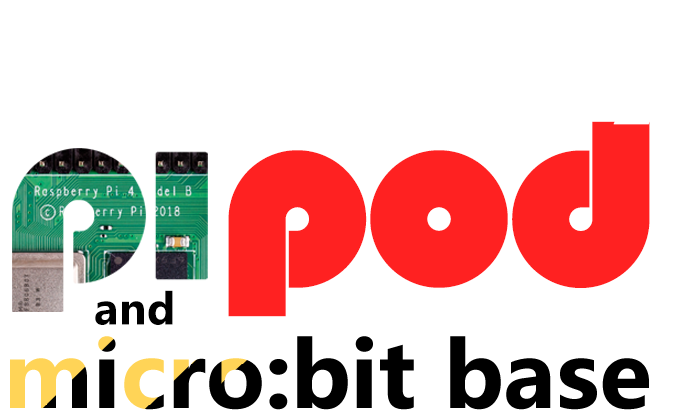Joonas Pihlajamaa has taken a Raspberry Pi and plugged in his Kawai CS-11 keyboard. By installing some software and then programming the Pi in Python, he has created a MIDI logger. He plays notes on the keyboard, the keystrokes are converted to MIDI format and then transmitted to the Pi which logs them. Take a look at how he created his MIDI logger here.
Track your boat’s sailing route data using a Raspberry Pi
Bill Ballard has taken a Raspberry Pi, a Pimoroni Scroll pHAT and an Adafruit Ultimate GPS board and created a trip recorder for when he’s out on his boat. The Scroll pHAT displays the current speed in knots whilst the Raspberry Pi outputs location readings from the GPS board to a file. The file is later imported into a Mathematica program and the route that was taken is plotted. Read more on The MagPi website and see his code on GitHub.
Create your own Amazon Alexa clone with a Raspberry Pi and USB mic
Gus, over at PiMyLifeUp, has used a Raspberry Pi and a USB microphone to create his very own Amazon Alexa clone. He goes through installation of the software, connecting it up to your Amazon account and starting the program up on boot. Read more here.
Control power sockets with the Raspberry Pi and the Energenie Pi-mote
Matt Hawkins, over at Raspberry Pi Spy, has been looking at the Energenie range of products and, more specifically, at a set of two sockets and control board that he bought. The control board, called the Pi-mote, is a GPIO plug-in board that is compatible with all models of Raspberry Pi. Matt goes through installation of the software, pairing with the sockets and all the options available to you when programming the Pi-mote, including the GPIO Zero method that I favour. Take a look here at Matt’s extensive write-up.
CNC wood burner uses stepper motors controller by a Raspberry Pi
Tucker Shannon has built himself a CNC wood burner rig and is using a Raspberry Pi to control the stepper motors that position the arm. He’s taken photographs of the build and you can see them here. A video is at the bottom of this post!
Pimoroni launches educational project cards for the RainbowHAT Raspberry Pi add-on board
Pimoroni have today launched some educational project cards for their RainbowHAT add-on board. Rather than try and re-word their excellent prose, here’s what they have to say about the new product on their site:
This beautifully-designed set of activity cards are split into learning cards, project cards, and a booklet for teachers/adults with solutions and more detailed information. They’ve been designed by Dan Aldred, a secondary teacher and Raspberry Pi certified educator, and Lydia Lapinski, our shockingly-talented head of design.
The set of cards and the booklet fit into Key Stages 2 to 4 of the curriculum, and cover a range of areas and concepts in computer science as well as creative tasks. The aim is for these cards to encourage self-guided learning, and they’d be ideal for code clubs, or summer holiday projects for your children!
The ten learning cards will guide you through how to install and fit your Rainbow HAT, use the various functions (RGB LEDs, alphanumeric displays, touch buttons, temperature and pressure sensor, buzzer), and they build in difficulty from easy to more difficult concepts.
The two project cards bring together all of the concepts on the ten learning cards, challenging you to build a weather station display, and a beautiful animated rainbow!
The teachers booklet gives more detail on the exact curriculum areas covered, installing the Rainbow HAT software, and code solutions for the tasks and projects.
The cards are available for £5 plus postage, making them definitely “worth a punt”.
Opinion
I think this is a terrific idea from Pimoroni and I hope they have a lot of success with it. With an educator on board to write them, and a professional designer to make sure they look good as well, there’s a lot to recommend the cards, based on the photos on their site. This will obviously help them to sell more of the RainbowHAT, which is good as it’s a very capable board. I wonder whether we’ll see more project cards for other add-on boards if the idea takes off – I hope so.








